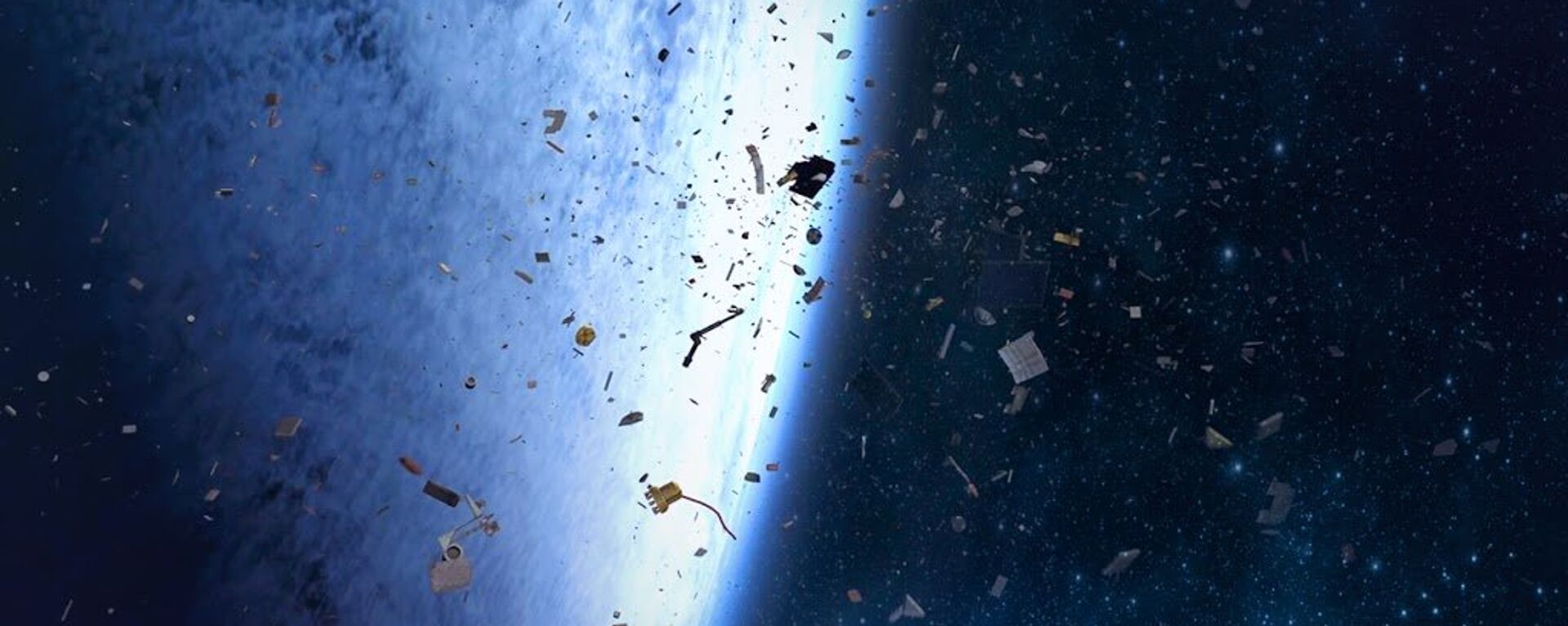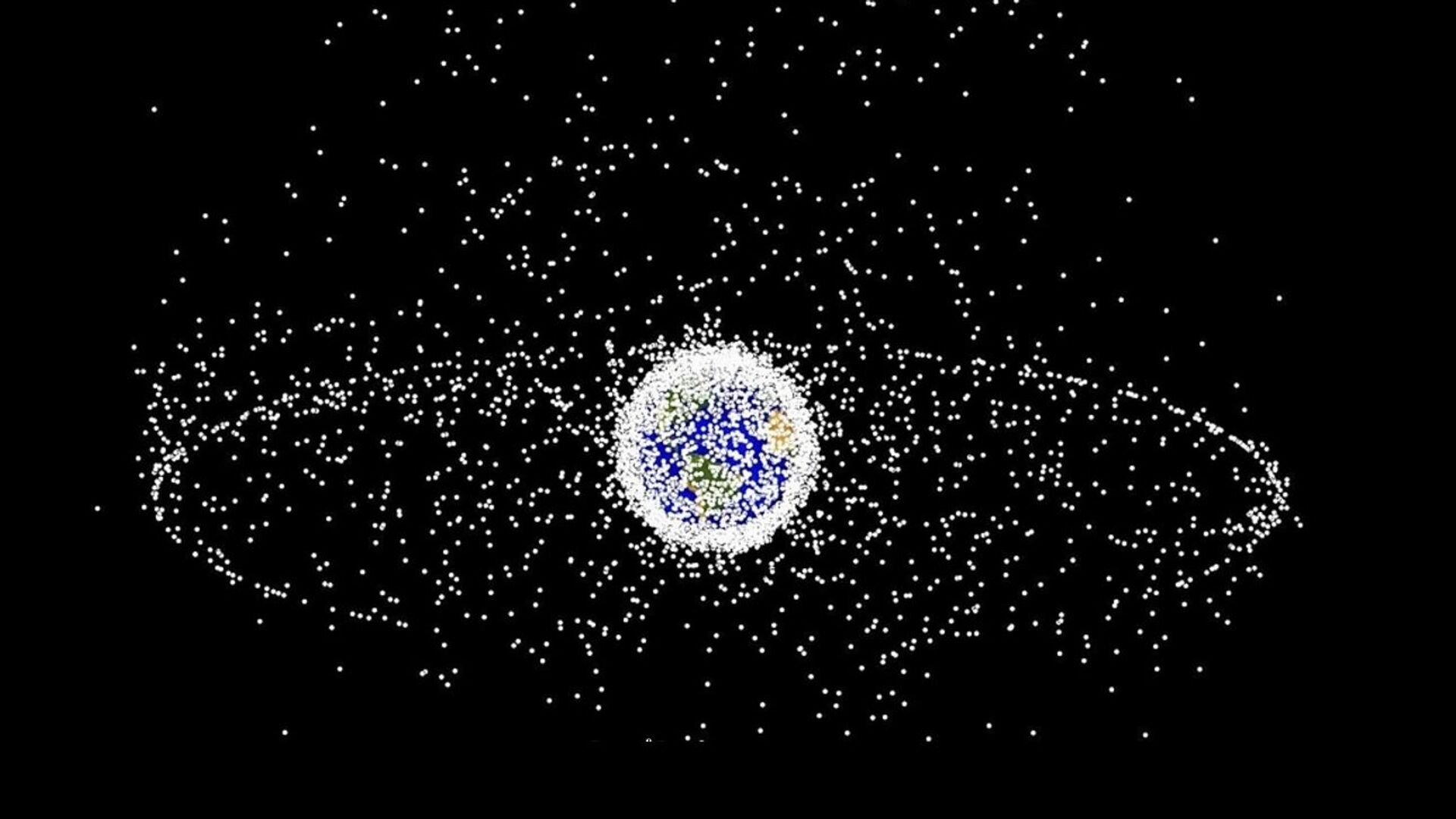https://sputnikglobe.com/20211124/worlds-first-tractor-beam-could-help-save-earth-from-gaining-saturn-rings-made-of-space-junk-1090997769.html
'World's First Tractor Beam' Could Help Save Earth From Gaining 'Saturn Rings' Made of Space Junk
'World's First Tractor Beam' Could Help Save Earth From Gaining 'Saturn Rings' Made of Space Junk
Sputnik International
As Professor Jake Abbott from the University of Utah explained, collecting space debris via robotic arms may not be feasible because the majority of it is... 24.11.2021, Sputnik International
2021-11-24T18:58+0000
2021-11-24T18:58+0000
2022-11-03T19:33+0000
science & tech
collection
space debris
magnets
earth
https://cdn1.img.sputnikglobe.com/img/105275/13/1052751325_0:40:1292:767_1920x0_80_0_0_4de1cdc53269f50ab873c683a31a795f.jpg
Mankind’s activities may result in our planet acquiring rings akin to those circling Saturn, The Salt Lake City Tribune reports.As the newspaper warns, this development may come to pass due to the vast amount of space debris accumulating in our planet’s orbit, with some 170 million pieces of it already out there.While the majority of space debris is comprised of relatively small pieces, about 23,000 of them are "larger than a softball," as the newspaper puts it, and are "concerning enough to be tracked by the Department of Defense."Space debris may pose danger to space and orbital missions, and can also fall down to Earth, though in most instances it breaks up in the atmosphere.With some 7,500 metric tonnes of space debris already in Earth’s orbit, this amount is expected to grow exponentially unless the matter is addressed, the newspaper adds.A possible solution proposed by Abbott involves the creative use of magnets, as the professor notes that robotic manipulators may not be suited for space debris collection.The method proposed by Abbott involves using magnets, controlled force, and torque to slow these spinning pieces of debris, moving them around, and eventually collecting them.
https://sputnikglobe.com/20210826/worlds-first-space-junk-cleaner-satellite-successfully-picks-up-orbital-debris-1083716897.html
earth
Sputnik International
feedback@sputniknews.com
+74956456601
MIA „Rossiya Segodnya“
2021
News
en_EN
Sputnik International
feedback@sputniknews.com
+74956456601
MIA „Rossiya Segodnya“
Sputnik International
feedback@sputniknews.com
+74956456601
MIA „Rossiya Segodnya“
science & tech, collection, space debris, magnets, earth
science & tech, collection, space debris, magnets, earth
'World's First Tractor Beam' Could Help Save Earth From Gaining 'Saturn Rings' Made of Space Junk
18:58 GMT 24.11.2021 (Updated: 19:33 GMT 03.11.2022) As Professor Jake Abbott from the University of Utah explained, collecting space debris via robotic arms may not be feasible because the majority of it is spinning, which could actually lead to said robotic arm being broken and more debris being formed.
Mankind’s activities may result in our planet acquiring rings akin to those circling Saturn, The Salt Lake City Tribune reports.
As the newspaper warns, this development may come to pass due to the vast amount of space debris accumulating in our planet’s orbit, with some 170 million pieces of it already out there.
"Earth is on course to have its own rings," said Professor Jake Abbott from the University of Utah. "They’ll just be made of junk."
While the majority of space debris is comprised of relatively small pieces, about 23,000 of them are "larger than a softball," as the newspaper puts it, and are "concerning enough to be tracked by the Department of Defense."

26 August 2021, 15:25 GMT
Space debris may pose danger to space and orbital missions, and can also fall down to Earth, though in most instances it breaks up in the atmosphere.
With some 7,500 metric tonnes of space debris already in Earth’s orbit, this amount is expected to grow exponentially unless the matter is addressed, the newspaper adds.
A possible solution proposed by Abbott involves the creative use of magnets, as the professor notes that robotic manipulators may not be suited for space debris collection.
"Most of that junk is spinning," he said. "Reach out to stop it with a robotic arm, you’ll break the arm and create more debris."
The method proposed by Abbott involves using magnets, controlled force, and torque to slow these spinning pieces of debris, moving them around, and eventually collecting them.
"We’ve basically created the worlds’ first tractor beam," he added. "It’s just a question of engineering now. Building and launching it."


